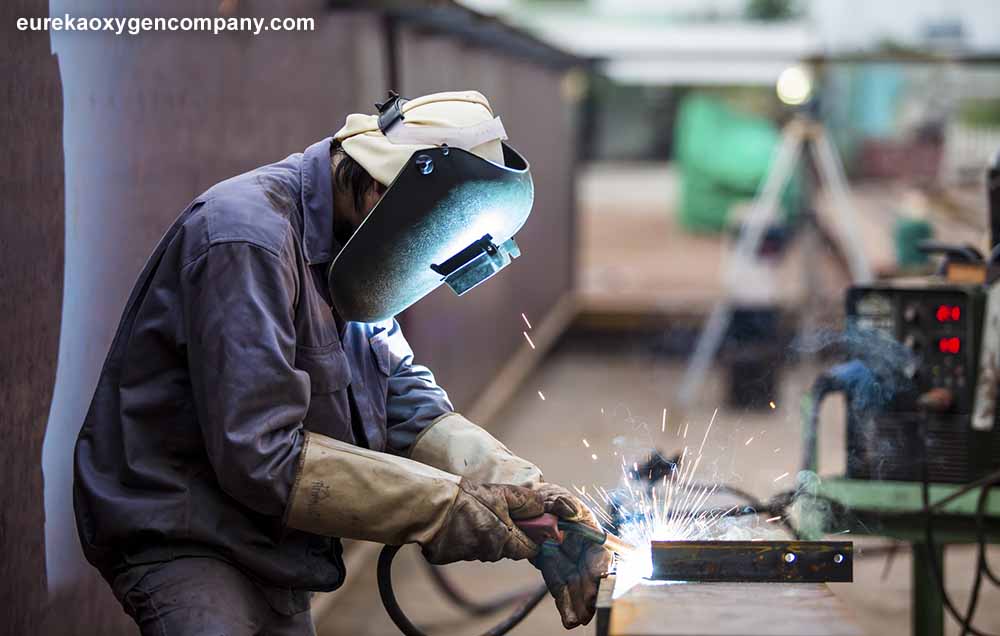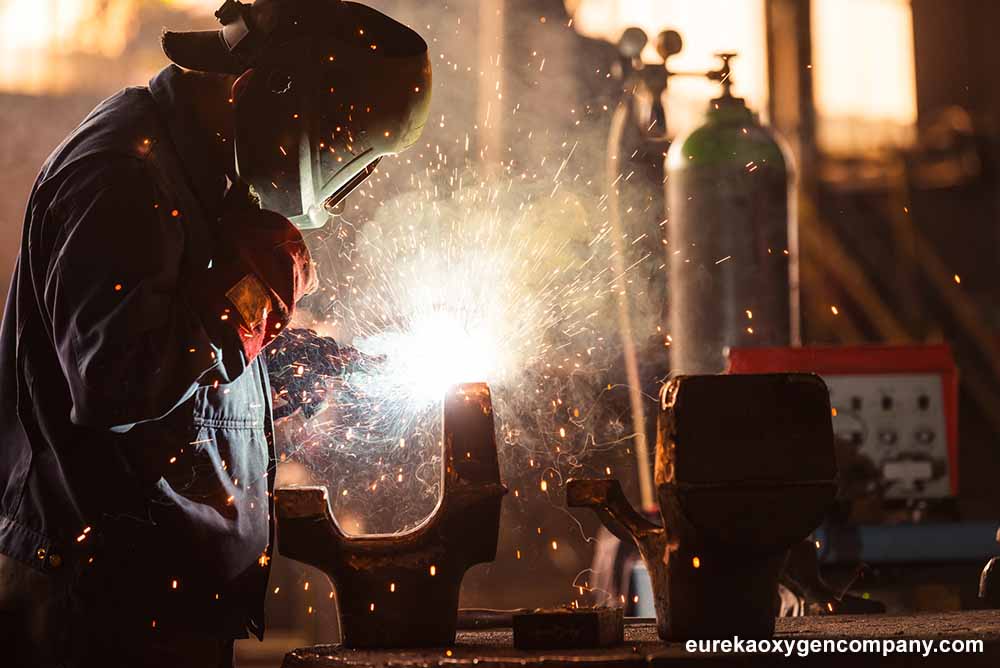Voltage just doesn’t have the same impact. It does affect arc length, and arc length affects the arc cone (the width of the arc when it reaches the weld), which in turn has a minimal effect on weld penetration or depth of fusion. The narrower arc cone (lower voltage) has more focus and thus creates a slightly deeper penetration. However, this effect is minimal compared to that provided by altering the amperage, and it can be compensated for by the speed of travel. The effect of speed of travel is fairly intuitively predictable. The longer the arc remains over one spot, the more heat is generated in that one spot and the deeper the weld can penetrate.

There are a number of other variables, too numerous to detail here, that can affect weld penetration: the welding process used, the type (and size) of electrode used, the contact-tip-to-work distance (CTWD), travel angle and travel speed. In many of these factors, too, the current is the underlying agent of the depth of fusion. For example, the greater the CTWD, the greater the resistance to the flow of electricity, which in turn reduces the current, while reduced CTWD also reduces the resistance, which in turn increases the current.
The proper admixture of all these factors can contribute to the creation of the optimum weld, contingent on the base metals being joined. Consult your friends at Eureka Oxygen for suggestions as to the appropriate tools and methods for your application.
Don't Be Shy
Eureka Oxygen is your one-stop shop for cannabis extraction supplies, welding equipment, and expert guidance.
Small task or big project?
It doesn’t matter; we have what you need.

